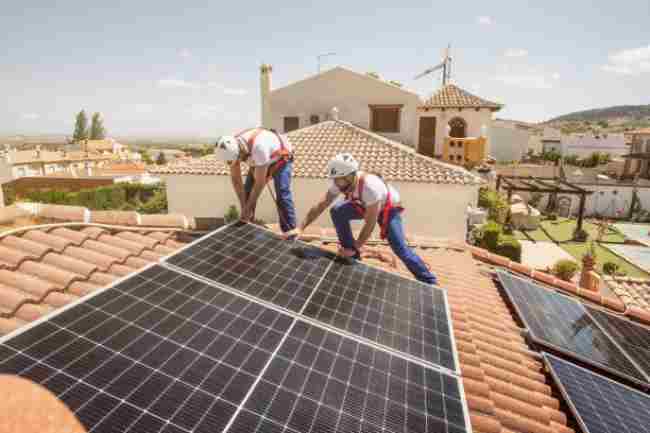Photovoltaic (PV) systems have become increasingly popular for harnessing renewable energy and reducing reliance on traditional fossil fuels. Whether you’re considering installing solar panels on your home or managing a large-scale solar farm, optimizing the efficiency of your PV system is crucial for maximizing energy production and return on investment.
Six Tips for Using Photovoltaics Effectively:
Site Selection and Orientation
Selecting the right location for your PV system is essential for maximizing sunlight exposure. Choose a site with minimal shading throughout the day, ideally facing south in the northern hemisphere or north in the southern hemisphere, to capture the most sunlight. Avoid areas with obstructions such as tall buildings or trees that could cast shadows on the solar panels, reducing their efficiency. Additionally, consider the tilt angle of the panels based on your latitude to optimize energy generation throughout the year.
Regular Maintenance and Cleaning
Regular maintenance and cleaning are vital for ensuring the optimal performance of your PV system. Dust, dirt, pollen, bird droppings, and other debris can accumulate on the surface of solar panels, reducing their ability to absorb sunlight. Schedule periodic inspections to check for any signs of damage or malfunctions, such as cracked panels or loose connections. Clean the panels gently with water and a soft brush or sponge to remove any accumulated dirt, being careful not to scratch the surface. A clean solar panel can produce significantly more electricity than a dirty one.
Monitoring and Optimization
Implement a monitoring system to track the performance of your solar technik system continuously. Many modern solar inverters come equipped with monitoring capabilities that allow you to monitor energy production in real-time and identify any issues promptly. Analyze the data collected to identify patterns and trends in energy generation, enabling you to adjust system settings or conduct maintenance as needed. Optimization techniques such as tilt adjustments, shading mitigation, and inverter optimization can help maximize energy production and efficiency over time.
Battery Storage and Energy Management
Integrating battery storage with your PV system can enhance its efficiency and resilience by storing excess energy generated during the day for use during periods of low sunlight or high energy demand. Battery storage allows you to maximize self-consumption of solar energy, reducing reliance on the grid and potentially lowering electricity costs. Implement smart energy management strategies to prioritize energy usage and storage based on factors such as time-of-use pricing, peak demand periods, and weather conditions, optimizing both energy savings and system performance.
Efficient Inverter Technology
The choice of inverter technology plays a crucial role in the overall efficiency of your PV system. Consider investing in high-quality inverters with advanced features such as maximum power point tracking (MPPT), which adjusts the operating voltage and current of the solar panels to maximize power output under varying conditions. Opt for inverters with high efficiency ratings and low standby power consumption to minimize energy losses and maximize overall system performance. Additionally, explore options such as microinverters or power optimizers for systems with shading or complex roof configurations, improving energy harvest and system reliability.
Professional Design and Installation
Entrust the design and installation of your PV system to qualified professionals with experience in solar energy projects. A properly designed and installed system will ensure optimal performance, safety, and compliance with local regulations and building codes. Professional installers can conduct thorough site assessments, design customized solutions tailored to your specific needs and requirements, and ensure seamless integration with existing electrical infrastructure. By investing in professional design and installation, you can avoid common pitfalls and maximize the long-term reliability and efficiency of your PV system.
In conclusion, maximizing the efficiency of photovoltaic systems requires careful planning, maintenance, and optimization throughout the lifecycle of the system. By following these six tips, you can harness the full potential of solar energy and reap the benefits of clean, renewable power for years to come.











 How Do Keto Gummies Fit into a Low-Carb Diet?
How Do Keto Gummies Fit into a Low-Carb Diet?